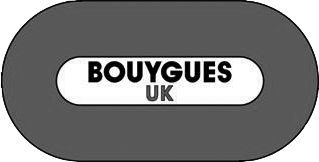July 22, 2016 10:32 am
Concrete is still widely used in the building industry as a result of its strength. It’s typically utilised in the building of most construction types including houses, tunnels and public buildings. Concrete and cement are often spoken of as though they were one and the same thing but cement is merely a part of concrete, a quantity of its whole together with sand, gravel and water. Cement is the binder within concrete and it’s what keeps the whole mixture together, lending strength and durability. Because we can’t speak of concrete without discussing cement, we must therefore look at why cement is an issue for the environment. Why Cement is the Issue Second only to coal-powered electricity, the manufacture of cement...
July 20, 2016 10:28 am
Helical Piles have so many benefits that once you understand them, it’s hard to see a reason not to choose them over traditional foundations. However, some people remain slightly sceptical of them. This comes from some lack of understanding for the most part as many people assume Helical Piles are a new idea or a new technology when in fact, the first Helical Piles were used over 200 years ago! In the past, Helical Piles were usually put to good use on coastal structures such as lighthouses and piers where their firm grip was the best solution in the unstable marine environment, but recently, the advantages of them have seemed more relevant than ever and so people are choosing them...
July 2, 2016 10:26 am
Helical Piles aren’t a new concept; they’re gaining popularity fast thanks to their recognition as one of the most underrated engineering feats of the 19th century and as we learn more about the environment, we’ve naturally come to realise that Helical Piles are by far the kindest foundation solution when it comes to ecological awareness. Because Helical Piles use less machinery, less manpower and no concrete, their impact on the environment is significantly less than that of traditional foundations. They are also extremely effective…there are some very well-known landmarks which are still standing in the UK today thanks at least in part to their Helical Piles. Many historically interesting coastal structures were completed using the then, innovative and brand new...




















